We only had a half day before having to catch a bus to the airport in the afternoon, so we decided to spend it at the National Archaeological Museum. Fortunately we were able to leave our luggage in the hotel lobby.
Even though it was a Thursday morning, there were many church services going on. Perhaps it was still in connection with Easter, which had been on Sunday.
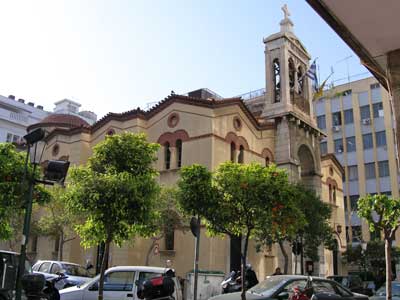
The Church of Agios Georgios Karytsis dates back to the 11th century and belonged to the Athenian family of Karitsis or Karikis.
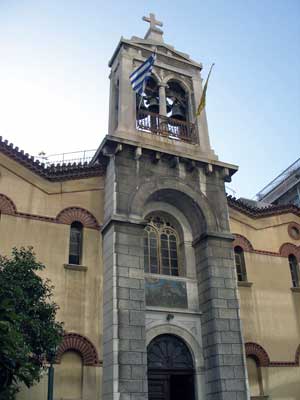
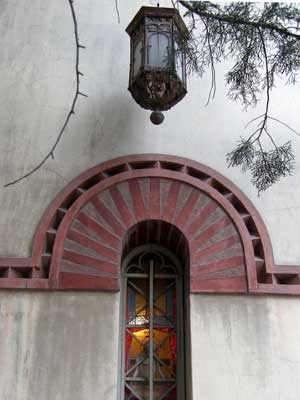
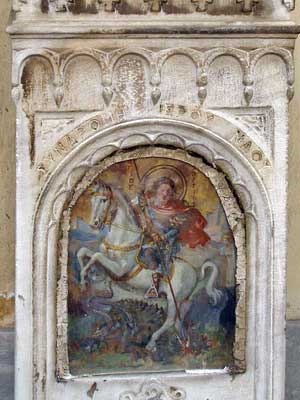
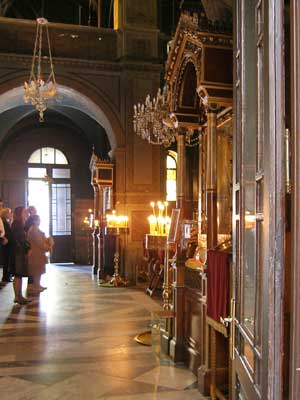
St. George slays the dragon. ... A church service in progress
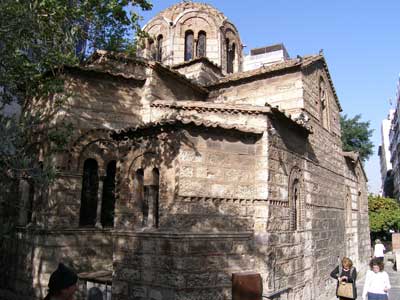

Agioi Theodoroi Church was founded between 1049 and 1065 and rebuilt later in the 12 century.
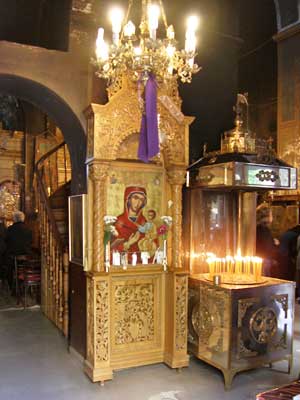
Another chuch service
The museum was established in 1829 and houses important artifacts from a variety of archaeological sites around Greece, dating back to 4,500 BC. It was incredible!
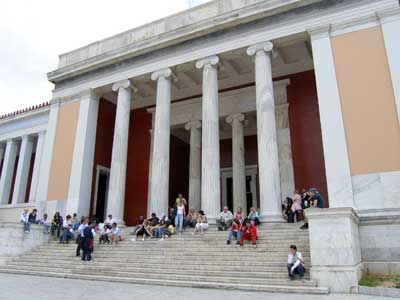
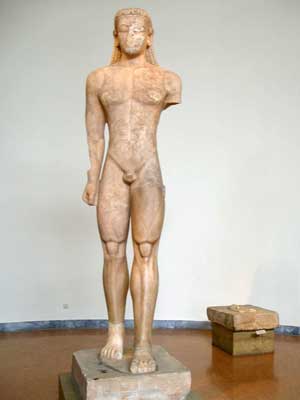
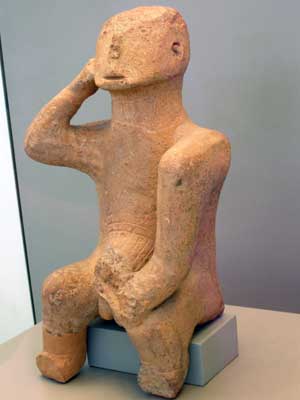
The Sounion Kouros ... and the Thinker
The Sounion Kouros stands 10 feet tall and was carved of marble from Naxos in around 600 BC. It was found buried near a temple of Poseidon about 40 miles south of here in 1906.
The Thinker, a clay figurine found in Thessaly, dates back to 4500 - 3300 BC. It is the largest Neolithic figurine found in Greece.
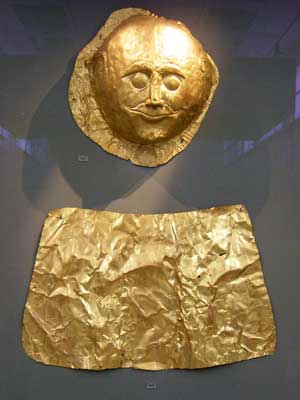
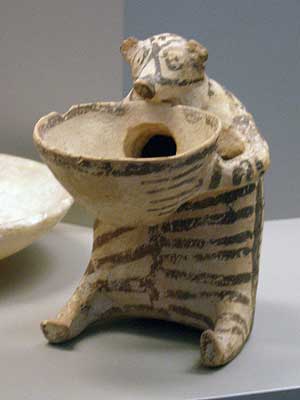
A funeral mask of pounded gold from 1550 - 1500 BC found in Mycenaean tombs ... Vase of a small bear or hedgehog from Syros, 2800 - 2300 BC
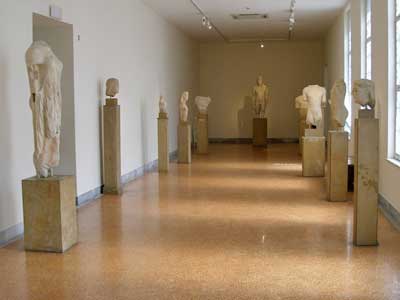
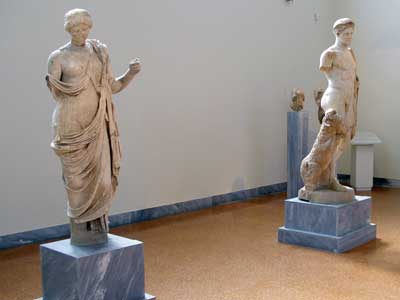
Note how natural these early classical statues look when compared to the rigid kouros of the Archaic sculpture style.
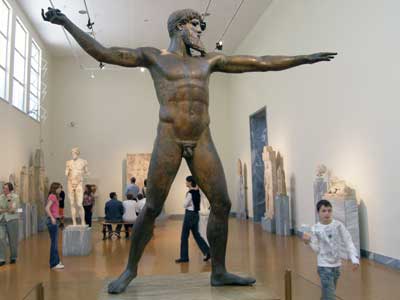
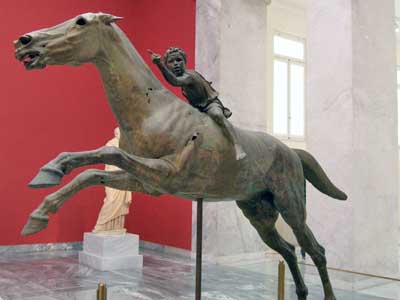
The Artemision Bronze ... and the Jockey of Artemision
The Artemision Bronze (or God from the Sea, from 460 BC) was recovered from the waters of Cape Artemision of the island of Euboea. It is probably Zeus (who would have been holding a thunderbolt) but could also possibly be Poseidon (with a trident).
The Jockey of Artemision dates back to 150 - 140 BC. Most ancient bronze statues were melted down for their raw materials but this one was saved because it was lost in a shipwreck off Cape Artemision. It was recovered in pieces from 1928 - 1937.
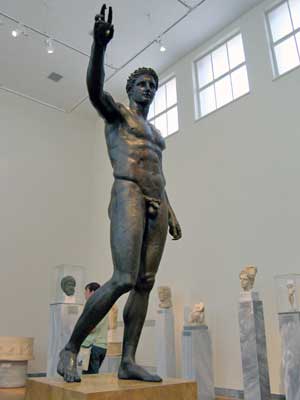
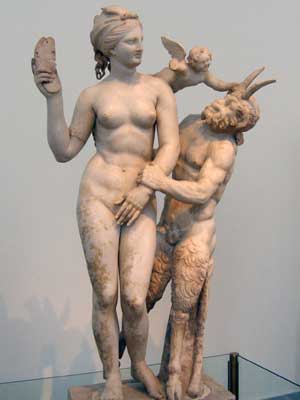
The Antikythera Youth ... and Aphrodite and Pan
The Antikythera Youth or Ephebe (meaning adolescent male) is a bronze statue from 340 - 330 BC that was found in 1900 by divers off the island of Antikythera. Having been retrieved in numerous fragments, it was first put back together in 1901. But in the 1950's, it was taken apart and redone... changing the focus of the eyes, the abdomen, the connection of the torso to the right thigh and the position of the right arm. Whether this is truly how the statue looked, it is our best guess. It has been suggested to be a image of Perseus (holding the head of Medusa), Paris (grasping the golden Apple of Discord) Hermes (with a staff), Heracles (wielding a club), a victorious athlete (displaying a sphere or wreath as his prize) or even simply the funerary statue of a normal young man.
The marble statue of Aphrodite, Pan and Eros (Cupid) comes from the Cyclades around 100 BC. She has her sandal in her hand, ready to smack him for his advances. Traces of color can still be seen in many spots.


Marble head of Athena ... and of Emperor Hadrian circa 130 AD, found in the Temple of Olympian Zeus
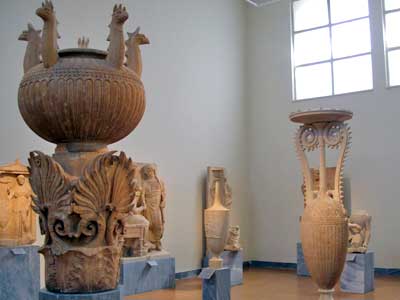
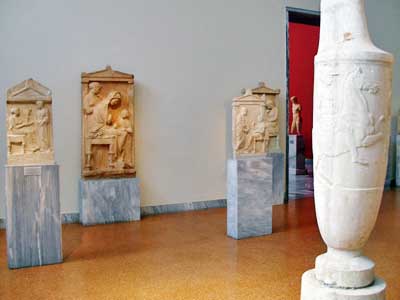
Funerary lekythos (oil flasks) ... and grave steles (upright slabs) from cemeteries of ancient Athens around the 4th century BC
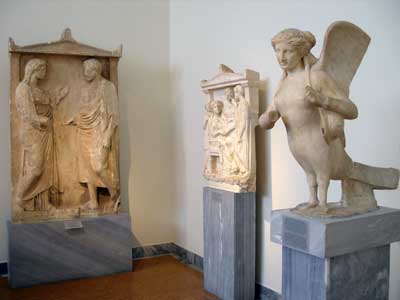
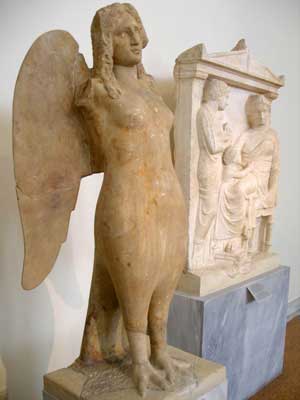
Grave steles and winged sirens
Sirens have taken many different shapes and been told of in many different tales over the centuries, yet one things seems to remain constant... they are always associated with death in some way. These two were found in Kerameikos (both around 300 BC - 330 BC) and are depicted as half-woman, half-bird. The belief here is that they would serve as a psychopomp, or a guide to escort the newly deceased to the afterlife. Basically anything could serve as a guide... dogs, birds, deer, even angels or deities.
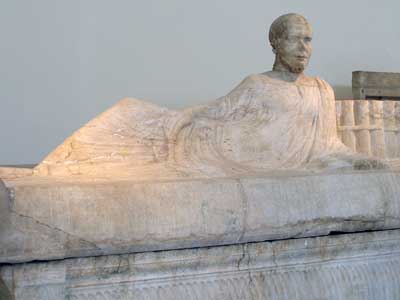
This sarcophagus was used more than once. The first time, a sculpture of a couple graced the top. Then in the year 320, the male figure was cut off and the head of the female sculpture was replaced with a male one. Not the best looking job.
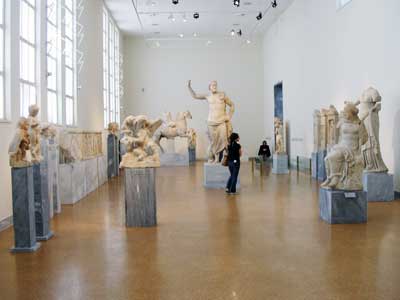
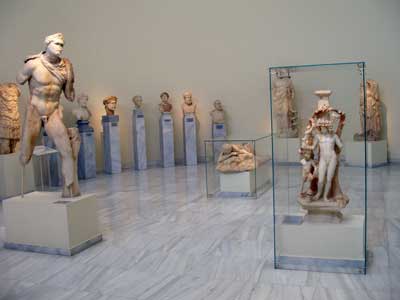
Room after room filled with incredible statues
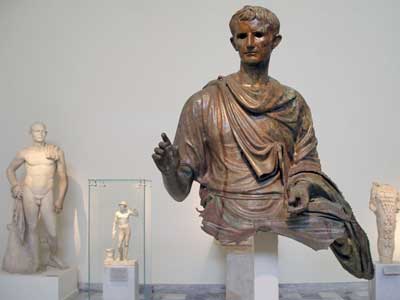
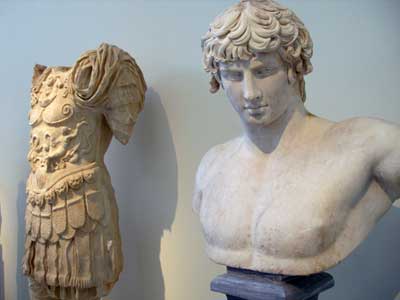
A bronze of Emperor Augusts from 12 BC ... and a marble bust of Antinoos
Antinoos or Antinous of Bithynia (a Roman province in Turkey) was a 'favorite' of Emperor Hadrian. Their ages would have been 48 and 13. Pederasty had long been socially acceptable among Greece's upper classes, with the relationship being seen as a key role in the boys' education. When Antinoos drowned under mysterious circumstances in the Nile in 130 AD, Hadrian had numerous portraits and statues of him placed in cities and sanctuaries throughout the Roman empire. He even founded the city of Antinopolis near the place of death.
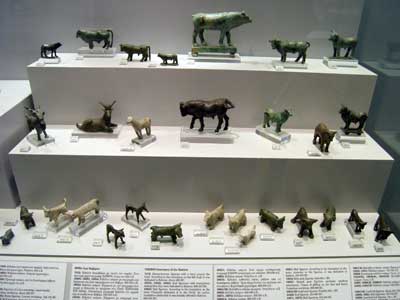

Animal figurines ... and water spouts
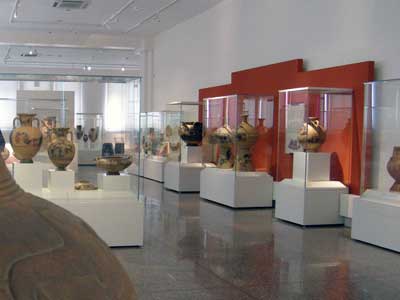
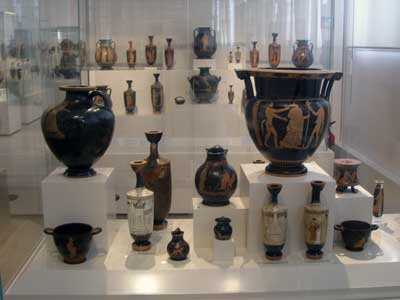
Vases of all shapes, sizes and colors
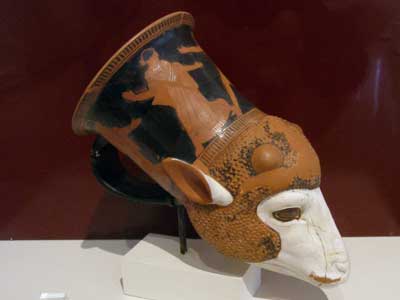
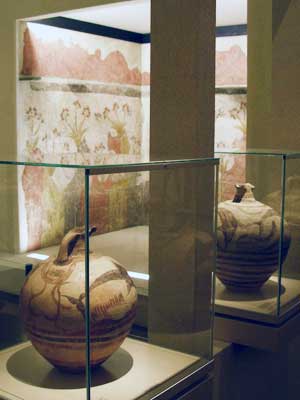
A rhyton ... and vases from Akrotiri on Santorini
A rhyton is cup a formed in the shape of an animal's head. They could not be set down on a surface without spilling their contents.
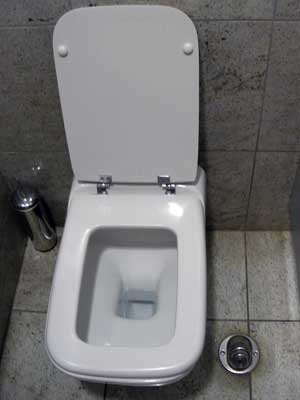
A 'round peg, square hole' joke seems appropriate here.
We returned to the hotel, grabbed our luggage and caught a bus to the airport. We had a short layover in Milan and then an 11-hour layover in Amsterdam before the final leg of our trip home to Colorado.

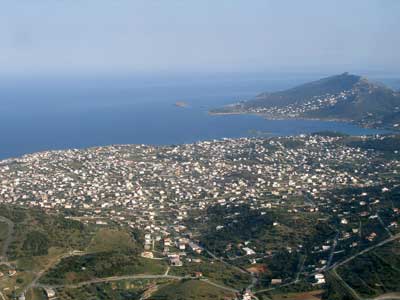
Final views of Greece


Arrival in Amsterdam .... and 10 hours later!

